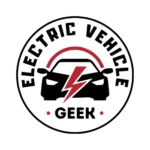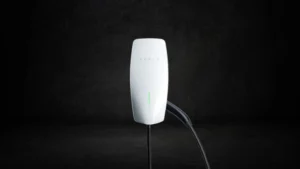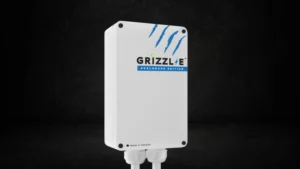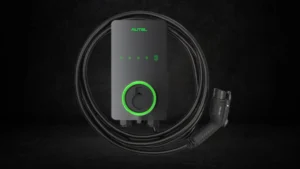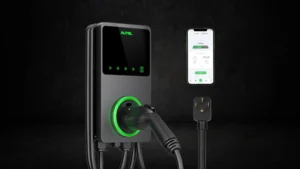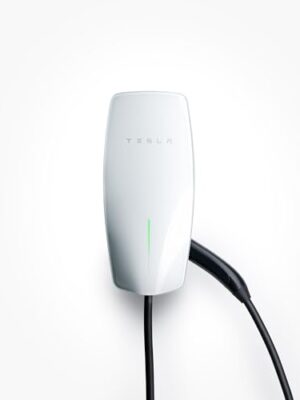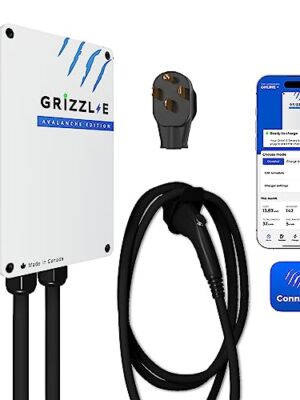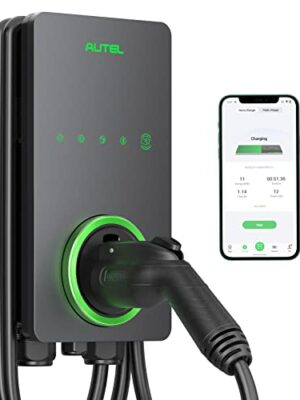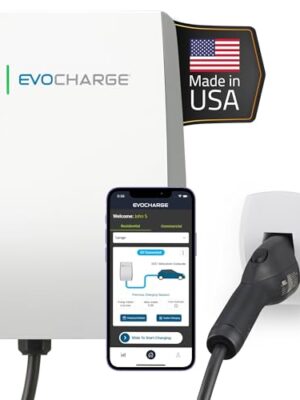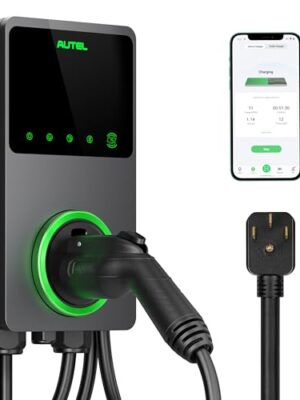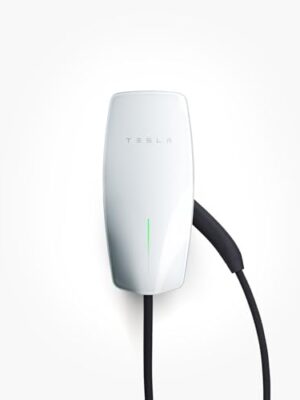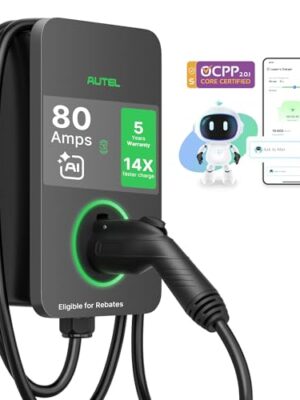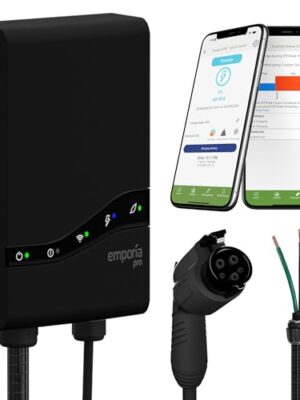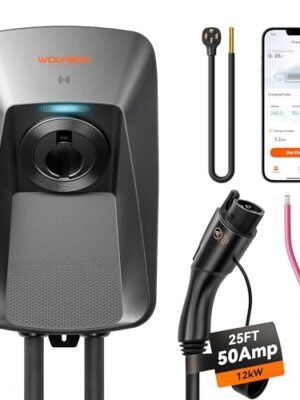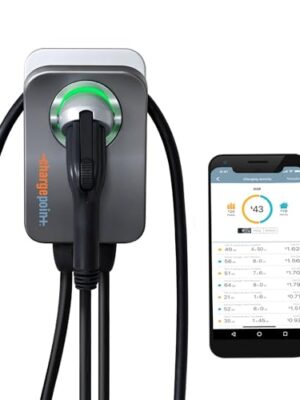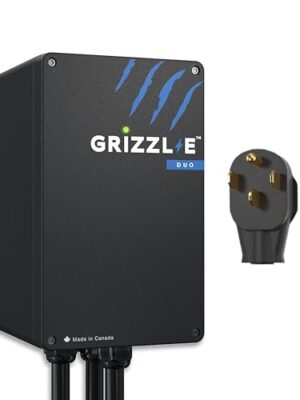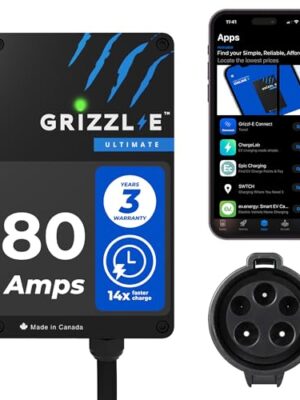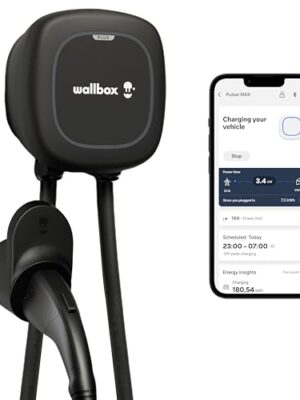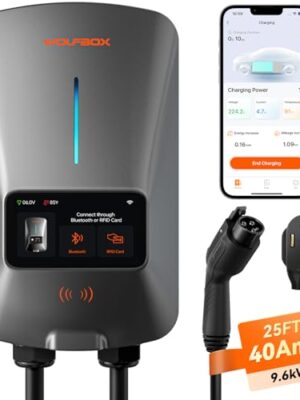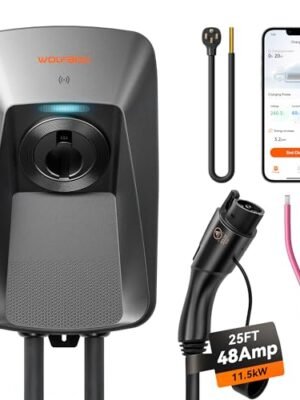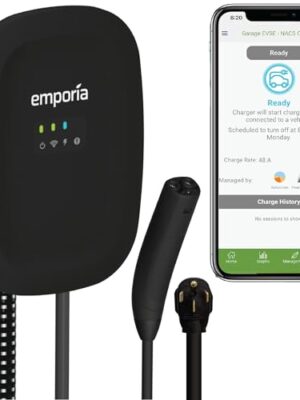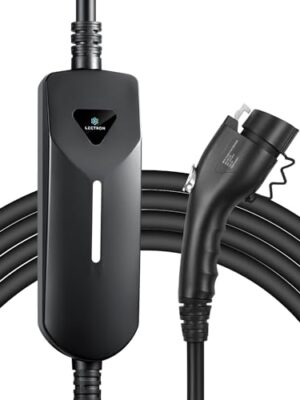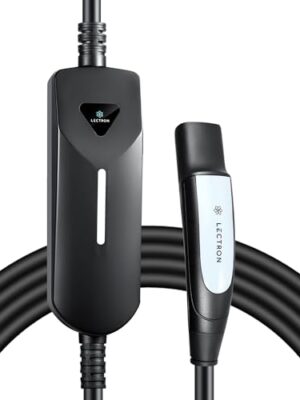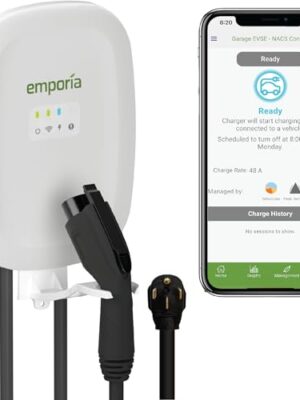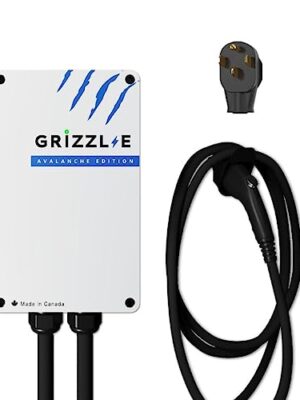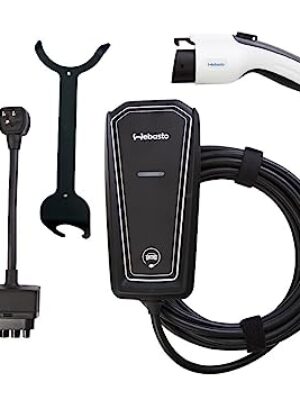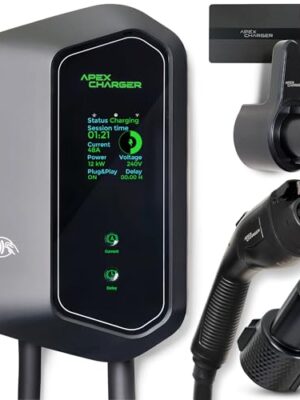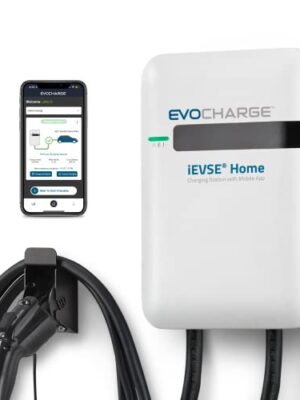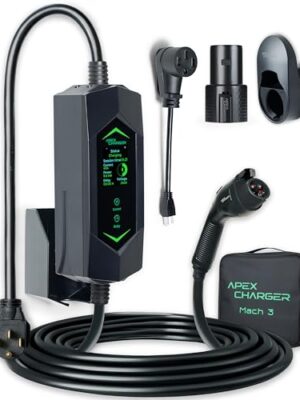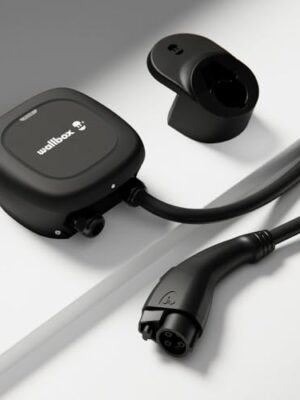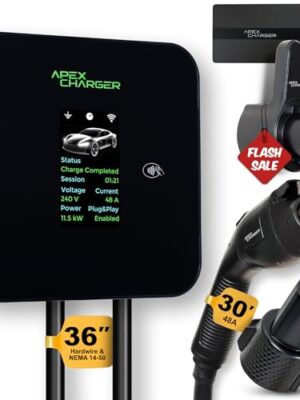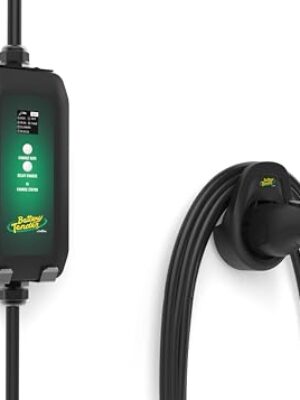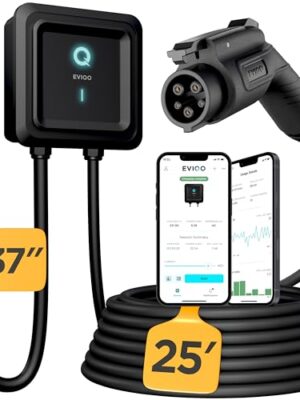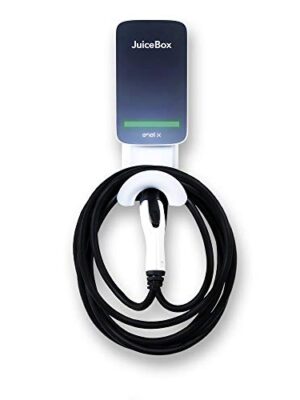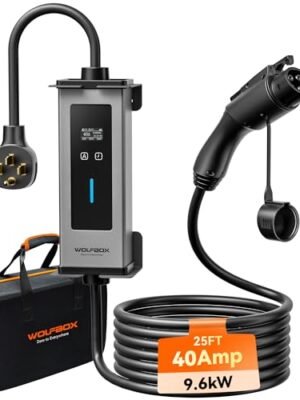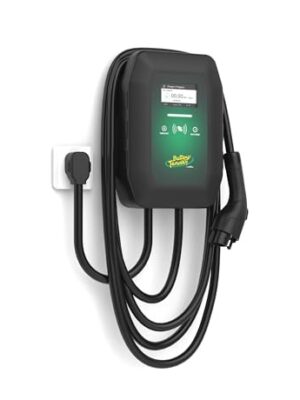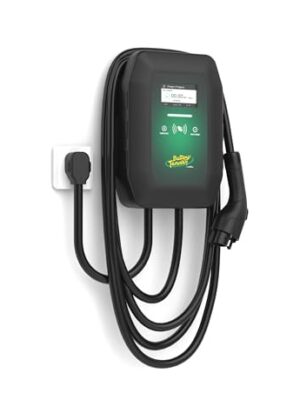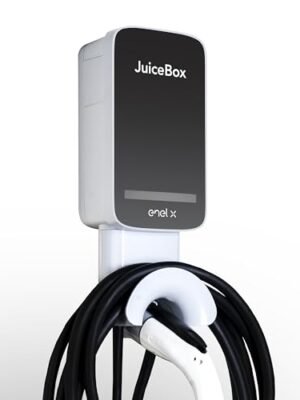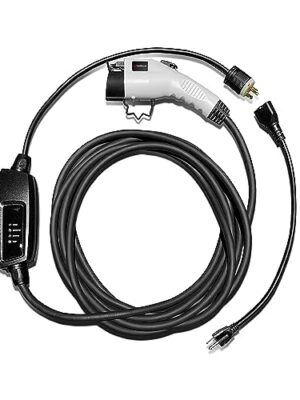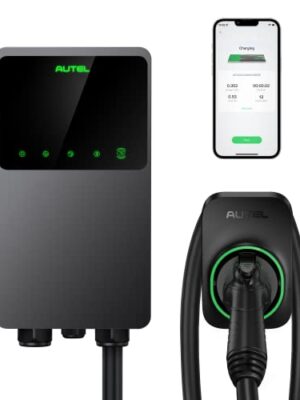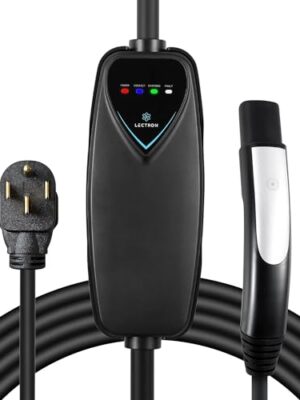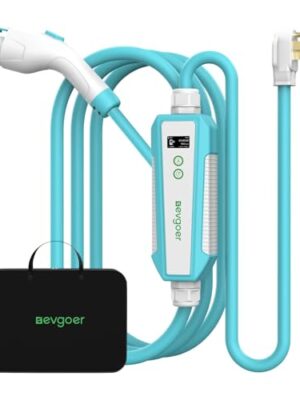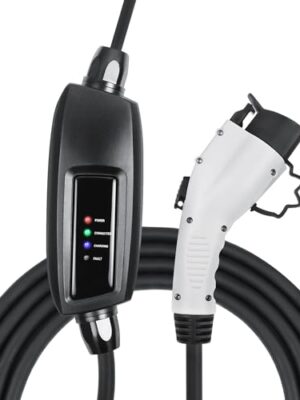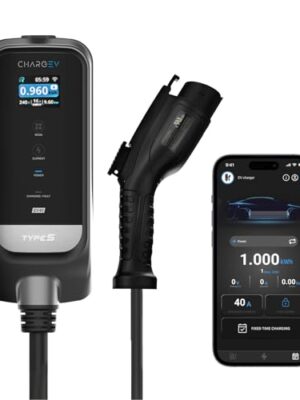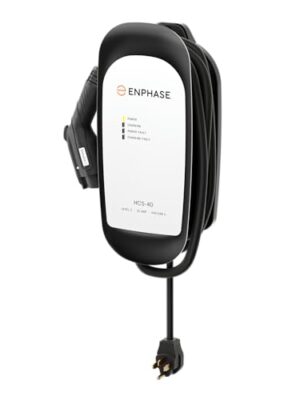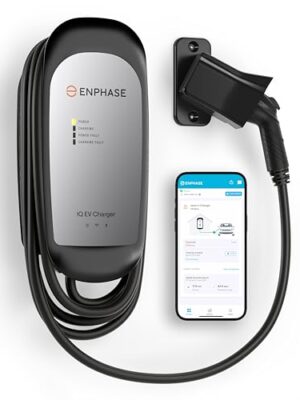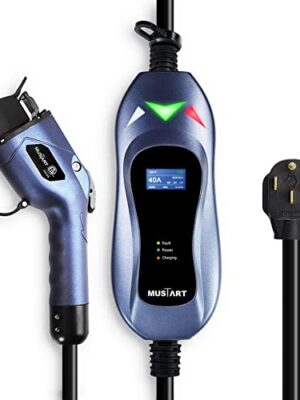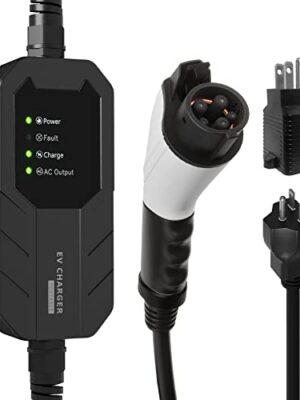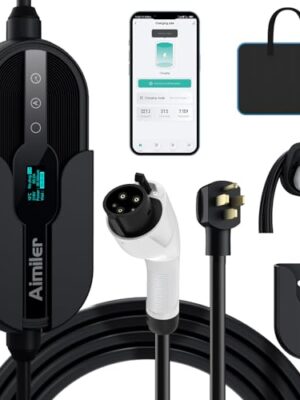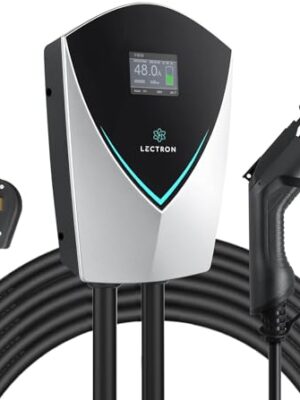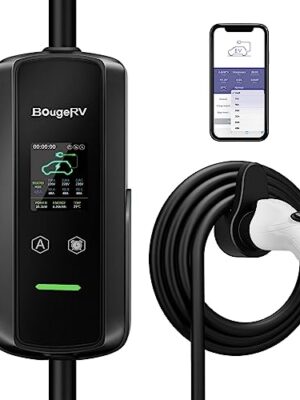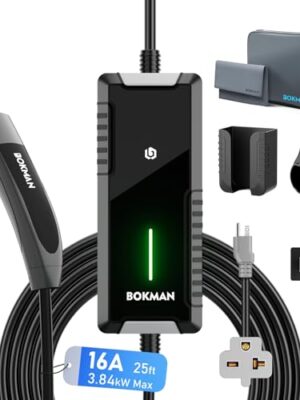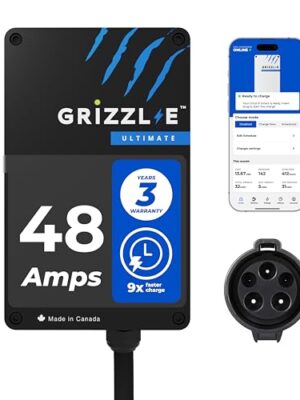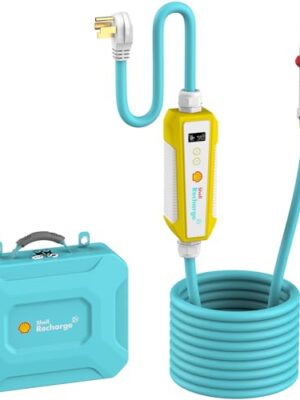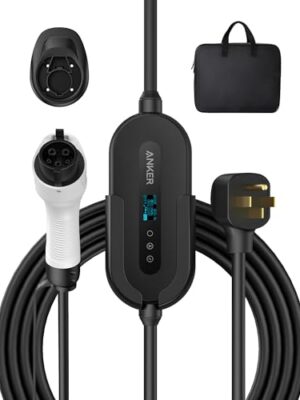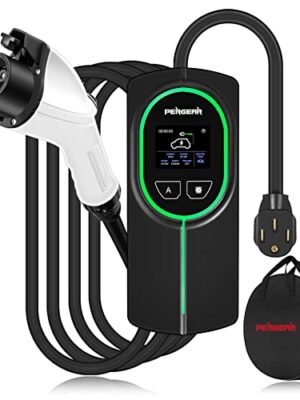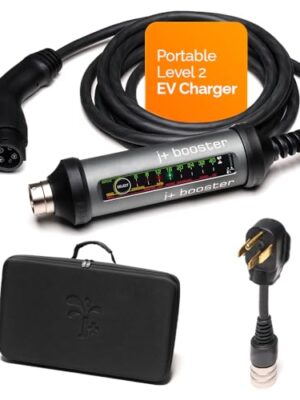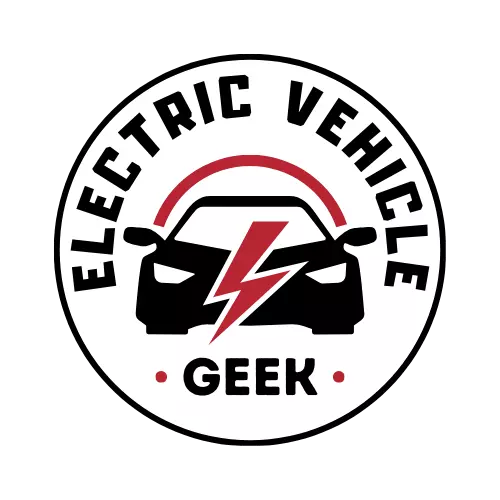Supported by you via insider access, and when you purchase through links on our site, we may earn an affiliate commission. See our Affiliate Disclosure.
Level 2 EV Chargers
Find the best Level 2 EV chargers, including plug-in Level 2 EV chargers and hardwired EV chargers. These fast-charging options use 240V for quicker power delivery, making them ideal for home and public charging while ensuring efficient charging for daily EV drivers.Best Level 2 EV Chargers
We test more EV chargers than anyone else. Here are the best Level 2 EV Chargers of 2025.
Best for Solar EV Charging
Features a NACS Connector
Best Budget Smart EV Charging
Features a J1772 Connector
Features a J1772 Connector
Best for Secure EV Charging
Features a J1772 Connector
See All Level 2 EV Chargers
Explore our top-rated Level 2 EV chargers. Read expert reviews and find the perfect fast-charging solution for your EV today.
A Level 2 EV charger uses 240V at 16-80A, delivering 3.8-19.2 kW for 10-60 miles per hour. Ideal for home and public charging, it provides faster, more efficient charging for daily EV drivers needing quick power-ups.

What Are the Electrical Requirements for a Level 2 EV Charger?
A Level 2 EV charger operates on a 240V single-phase circuit, requiring either a 240V outlet for plug-in chargers or a junction box for hardwired chargers. A dedicated 15A to 80A breaker is used, with wiring sized between 14 AWG and 2 AWG, depending on the charger’s power rating (2.88kW to 19.20kW).
Plug-In Level 2 EV Chargers Electrical Requirements
A plug-in Level 2 EV charger connects to a 240V outlet, typically a NEMA 6-50 or NEMA 14-50 receptacle. It requires a dedicated 15A to 50A breaker, with 14 AWG to 6 AWG copper wire, depending on the charger’s power rating (2.88kW to 9.6kW).
What Outlet Is Needed for a Level 2 Charger?
A plug-in Level 2 EV charger connects to a 240V outlet, which can be either a three-prong or four-prong type. Common three-prong outlets include NEMA 6-30, NEMA 6-50, NEMA 10-30, and NEMA 10-50, which have two hot wires and a ground. Four-prong outlets, such as NEMA 14-30 and NEMA 14-50, include an additional neutral wire. The choice of outlet depends on the charger’s plug type and installation requirements.
Four-Prong Level 2 EV Charger Outlet Wiring Diagram
The four-prong Level 2 EV charger outlet wiring diagram shown below highlights Level 2 EV charging circuits with NEMA outlets, featuring two hot wires (L1 and L2), a neutral wire (N), and a ground wire (G).
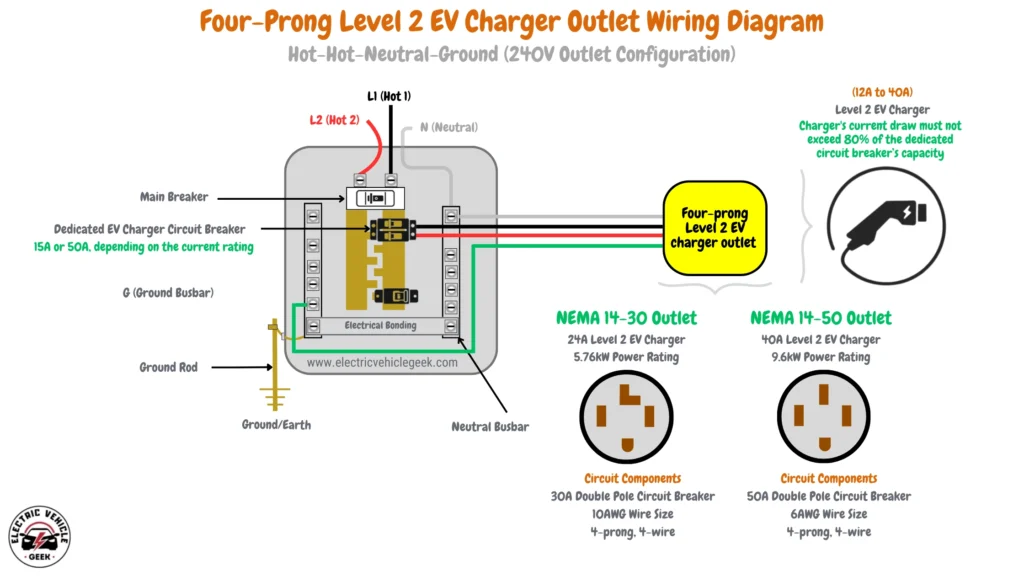
This configuration is commonly found in NEMA 14-30 (30A, 240V) outlets for 24A Level 2 EV chargers and NEMA 14-50 (50A, 240V) outlets for high-amperage 40A EV chargers, as per NEC rules. It ensures proper power delivery and grounding for the safe and efficient charging of EVs. The neutral wire plays a crucial role in managing the electrical load and balancing the circuit.
Three-Prong Level 2 EV Charger Outlet Wiring Diagram
A Three-Prong Level 2 EV Charger Outlet Wiring Diagram illustrates the electrical connections of a 240V, three-prong outlet used for charging electric vehicles. There are two types of three-prong configurations: Hot-Hot-Ground (Modern 240V Three-Prong Outlets) and Hot-Hot-Neutral (Older 240V Three-Prong Outlets).
Hot-Hot-Ground Level 2 EV Charger Wiring Diagram
A Hot-Hot-Ground Level 2 EV Charger Wiring Diagram below illustrates the electrical connections of a 240V, three-prong outlet used for charging electric vehicles. This configuration consists of two hot wires (L1 and L2), each carrying 120V and combining to provide 240V power, along with a ground wire (G) that ensures electrical safety by providing a path for fault currents.

This setup is used in modern three-prong 240V outlets designed for pure 240V loads, such as Level 2 EV chargers. Since it lacks a neutral wire, it does not support 120V devices. Examples of Hot-Hot-Ground outlets for Level 2 EV charging include NEMA 6-30 (30A, 240V), NEMA 6-50 (50A, 240V), NEMA 6-15 (15A, 240V), and NEMA NEMA 6-20 (20A, 240V).
Hot-Hot-Neutral Level 2 EV Charger Wiring Diagram
A Hot-Hot-Neutral Level 2 EV Charger Wiring Diagram below illustrates the electrical connections of a 240V, three-prong outlet used for charging electric vehicles. This configuration consists of two hot wires (L1 and L2), each carrying 120V and combining to provide 240V power, along with a neutral wire (N) that serves as the return path for the current.
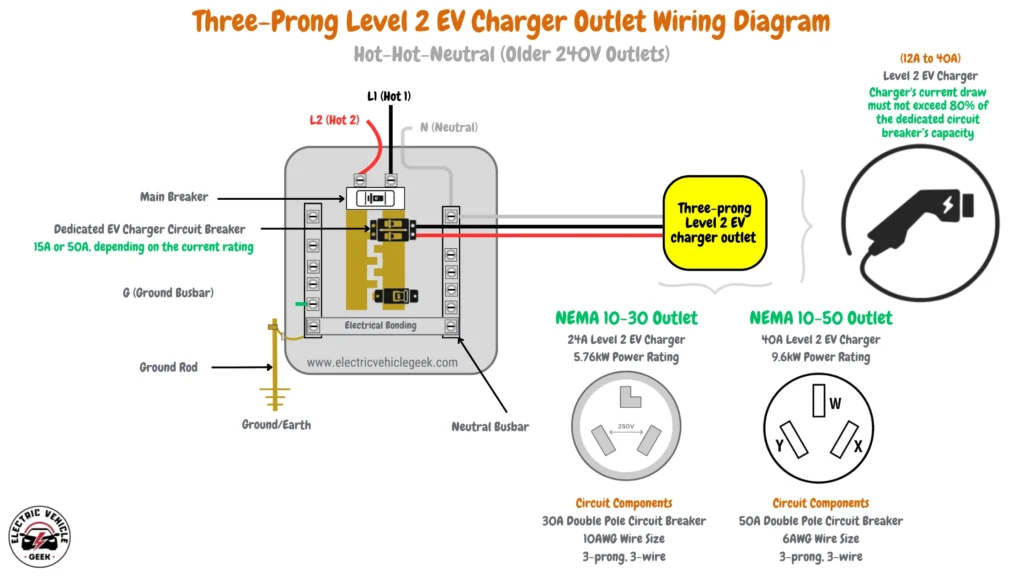
This setup is used in older three-prong 240V outlets designed for pure 240V loads, such as Level 2 EV chargers. Since it includes a neutral wire, it provides 240V power using two hot wires (L1 and L2), but it lacks a dedicated ground wire, which can be a safety concern. Hot-Hot-Neutral outlets for Level 2 EV charging include NEMA 10-30 (30A, 240V) and NEMA 10-50 (50A, 240V).
Hardwired Level 2 EV Chargers Electrical Requirements
A hardwired Level 2 EV charger connects directly to the electrical circuit, with or without a junction box. It requires a dedicated 15A to 100A breaker, with 14 AWG to 2 AWG copper wire, depending on the charger’s power rating (2.88kW to 19.20kW). This setup is commonly used for permanent, high-power installations.
Hardwired Level 2 EV Chargers Three-Wire Configuration
The three-wire EV charger configuration typically consists of two hot wires (L1 and L2) and one ground wire (G). The neutral wire is not present in this setup, and it is commonly used for 240V circuits in certain locations or older installations.
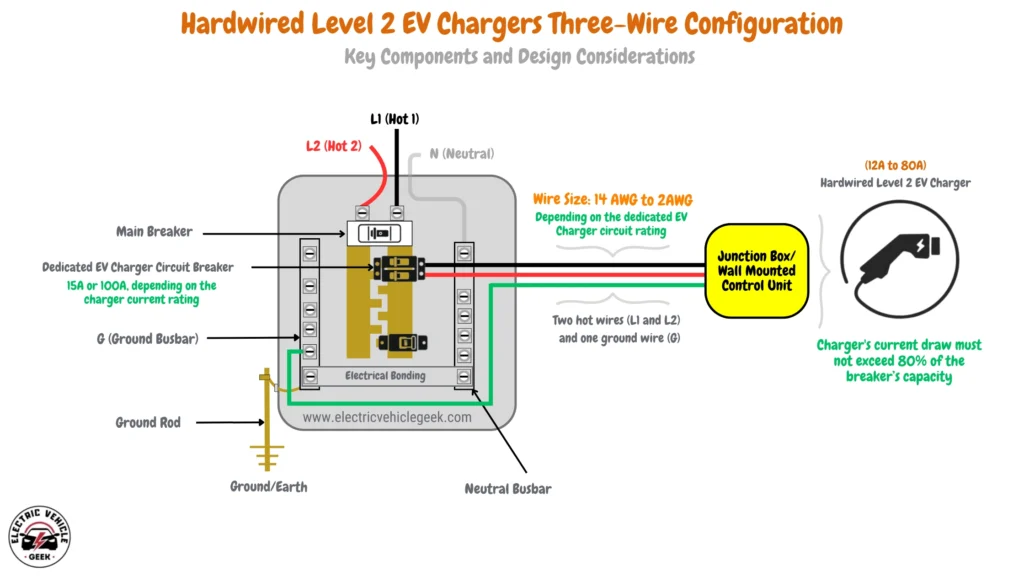
Hardwired Level 2 EV Chargers Four-Wire Configuration
The four-wire hardwired EV charger configuration consists of two hot wires (L1 and L2), one neutral wire (N), and one ground wire (G) they are more common in modern installations, providing greater safety and flexibility, especially for high amperage Level 2 EV chargers.
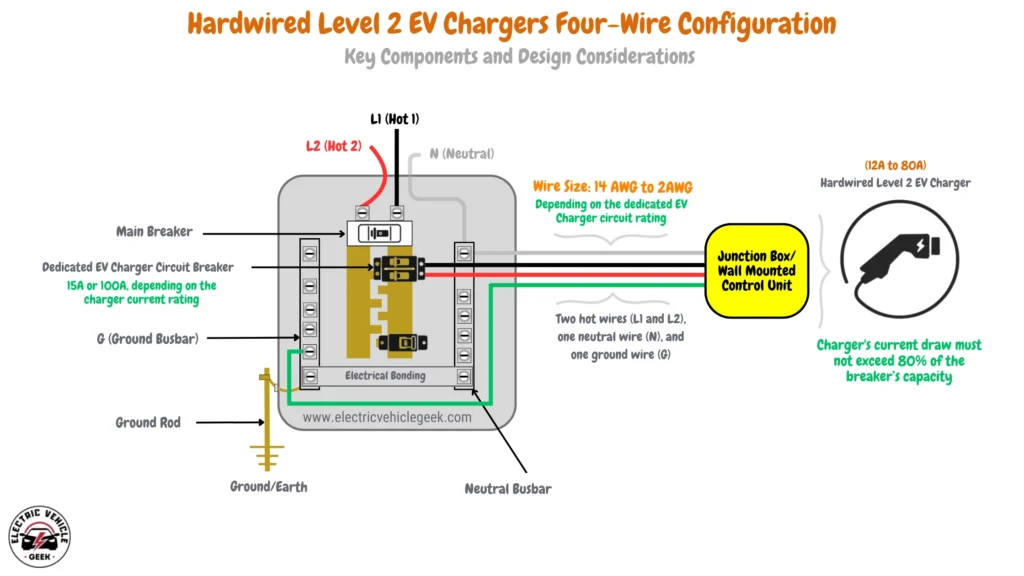
You’ve Got Level 2 EV Charger Questions, We’ve Got Answers.
Got Level 2 EV charger questions? We’ve got answers! From installation to compatibility, we make it easy to choose the right charger. Reach out to James via email at james[@]electricvehiclegeek.com for expert advice!
